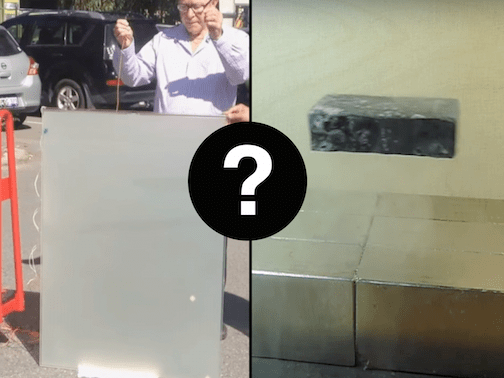Mystery Science respects the intellectual property rights of the owners of visual assets.
We make every effort to use images and videos under appropriate licenses from the owner or by
reaching out to the owner to get explicit permission. If you are the owner of a visual and
believe we are using it without permission, please
contact us—we will reply promptly and make
things right.
Exploration
laboratory by
Jean-Pierre
, used under CC BY-SA
3M by
Brandon
mixing epoxy resin by
ArtResin
, used under CC BY
recycle bin by
succo
hands by
PublicDomainPictures
scientists by
3M Post-it®
sheet music by
stevepb
post-it by
Paul Williams
, used under CC BY
story boarding by post-it by
Bernard Goldbach
, used under CC BY
colorful post-its by
Dean Hochman
, used under CC BY
lightbulb on head by
Tinkeringbell
Tropiglas Technologies by
Victor Rosenberg
, used under CC BY
high tech Shoji Screen by
Brian Wilson
, used under CC BY
car by
Nick Ares
, used under CC BY-SA
superconducting levitation by
InnovativeMaterials
, used under CC BY
skateboarding by
Tom Brandt
, used under CC BY
the Lexus hoverboard by
Lexus International
, used under CC BY
Activity
pencil by
Charm
glass by
Plastock
, used under CC BY
jar by
Maximaximax
, used under CC BY-SA
window by
Roger Mommaerts
, used under CC BY-SA
glasses by
Mollyyoung
, used under CC BY-SA
lightbulb by
KMJ
, used under CC BY-SA
phone by
OpenClipartVectors
windshield wipers by
ClipArtHut
faucet by
livehome
, used under CC BY-SA
water by
Steve Johnson
, used under CC BY
birds by
OpenClipartVectors







